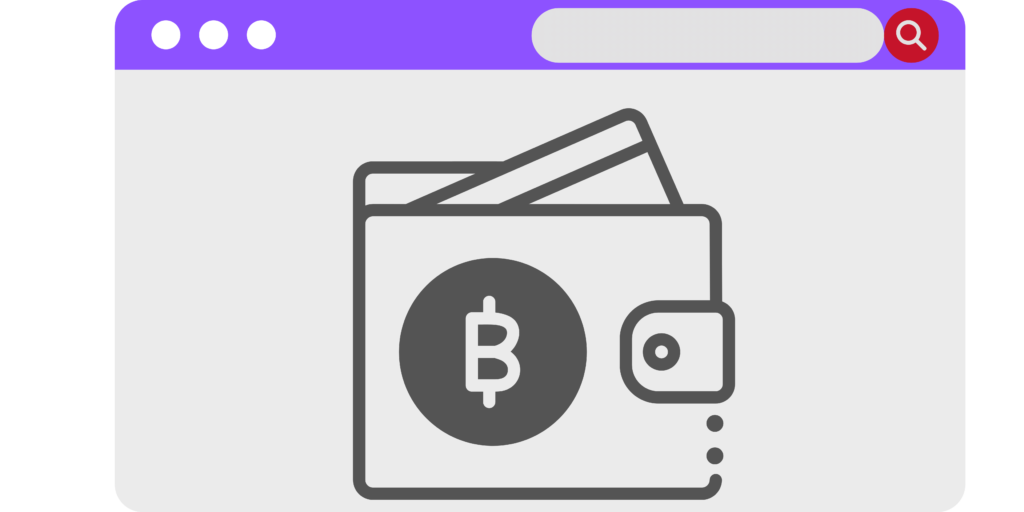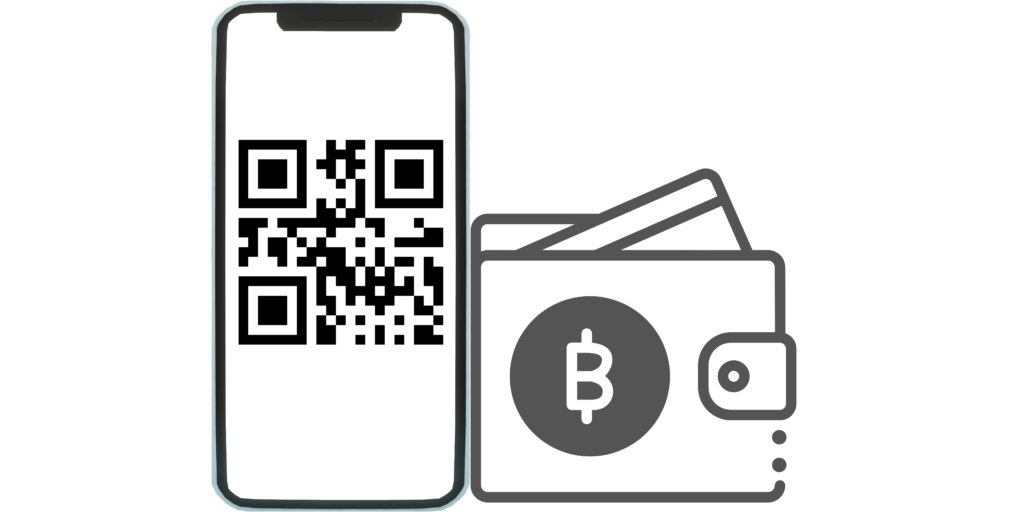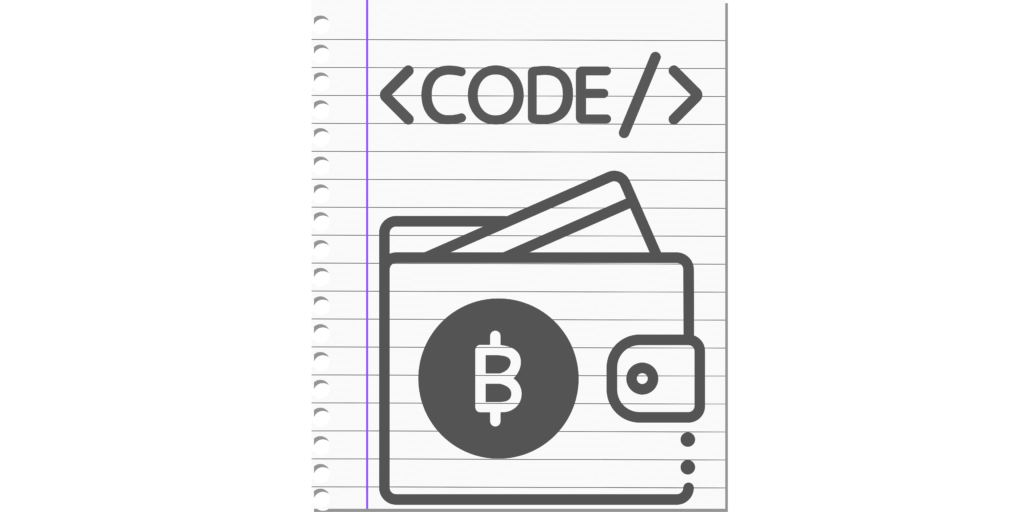When you buy cryptocurrency, you also need a place to store it. This is where cryptocurrency wallets come in. They don’t technically store the cryptocurrency but the public and private keys via which the crypto coins can be accessed. Either way, a virtual currency wallet is a necessity for crypto trading these days.
Such wallets are mainly of two types- hot or cold. As the name implies, hot wallets are the “internet-connected” wallets while cold wallets are the “internet-disconnected” wallets. There is often a debate about the advantages of using either type of wallet.
But before getting into that debate, it is important to first know what hot and cold wallets exactly are. In this article, you will learn not only the definitions of hot and cold wallets but also their types and major differences.
What are Hot Wallets?
Whenever we think about cryptocurrency wallets, hot wallets are the ones that generally come to mind. They are online wallets that are constantly connected to the internet. They store both public and private keys on an online server.
Since everything is stored online by a hot wallet, they are very convenient to use for daily trades and transactions. After a transaction is initiated, it is sent to the wallet where digital signatures are done and then it is transmitted to the entire network.
Types of Hot Wallets
Hot wallets are primarily software wallets for storing virtual currency. While most such wallets are free, some may charge a fee or interest. A lot of cryptocurrency exchanges these days offer their native wallets for users to use while trading on the platform.
Desktop Wallets

These are the default wallets that we think of when talking about hot wallets. To use a desktop wallet, you simply have to download the application or install the software package. The control of the private keys rests with the users in the case of most desktop wallets. However, here you are also responsible for taking adequate security measures and protecting your wallet from the threat of viruses and malware.
Web Wallets

Unlike desktop wallets, you don’t have to install web wallets on your computer. These are the most accessible and easy-to-use wallets for day-to-day trades. Web wallets are the best option for instantly sending or receiving cryptocurrency.
However, they are also the most vulnerable to DDoS attacks because they are constantly online.
Mobile Wallets

Since many exchanges these days focus on mobile-based trading, mobile wallets have come up to enable convenient trading from one’s phone. These are similar to desktop wallets in the sense that they are apps that have to be installed on a device. Mobile wallets generally make use of QR codes for facilitating transactions.
What are Cold Wallets?
The term cold wallet or cold storage simply refers to cryptocurrency storage devices that are unconnected from the internet. Resembling USBs or flash drives, these are mostly physical devices that store your private keys offline.
Since the private keys are not stored online, you have to manually connect your wallet to a device with an internet connection every time you want to make a transaction. While this may be cumbersome, it is also the best way to ensure the security of your funds.
The offline storage of crypto keys means that there are lesser chances of them being compromised and someone unauthorized accessing your funds.
Types of Cold Wallets
Cold Wallets are generally physical hardware devices meant for crypto storage. However, there are certain software wallets too that can be termed cold storage since they are not connected to the internet.
Paper Wallets

This is the most low-tech crypto storage solution possible. These are just pieces of paper with the public and private keys written on them. This is the simplest and cheapest method of storing crypto keys. Many paper wallets also have an embedded QR code for fast transactions.
However, paper wallets also have to be kept in a secure location to prevent any damage to the paper. You lose the paper, you lose your crypto.
Hardware Wallets

These are the most commonly used cold wallets. They are physical devices and you will notice that they look a lot like USB drives. Many such wallets will have a smart card that is used to generate and store private keys. These days, there is a lot of variety in hardware wallets as well. You can get anything from the most bare-bones wallet to one with Bluetooth and multi-sig technology.
Sound Wallets

This is an unusual albeit secure way of keeping your private keys. When you use a sound wallet, it will first convert your private keys into audio files. These files are then encrypted and stored in mediums like CDs or vinyl records. A spectroscope app can be used to decode the audio files.
Offline Software Wallets
Such wallets are not purely cold wallets but rather a hybrid of offline and online storage methods. You can visualize it like a storage compartment split into two parts- one connected and another not connected to the internet. Public keys are kept in the online part while the offline part stores the private keys.
Hot Wallet vs Cold Wallet- The Differences
Hot wallet vs. cold wallet has been a topic of extensive debate in the crypto world. Would you risk the safety of your crypto just to save a few minutes? What about the cost factor? These are all questions that the crypto community has asked regarding the choice of cryptocurrency wallets.
But before forming your own opinion, it is necessary to understand the key differences between hot wallets and cold wallets. Read on to find out more about the aspects that differentiate these two types of crypto wallets.
Connectivity
The first major difference that comes up is, obviously, internet connectivity. As we have stated before, hot wallets are the ones that are constantly connected to the internet. These are the ones that keep everything including your public and private keys online.
Cold wallets, on the other hand, are unconnected to the internet. They keep your private keys offline. However, they can be “brought” online by connecting to a device with an internet connection. Users have to do this manually whenever they want to trade.
Security
Cold wallets win hands down in the security department. Your cryptocurrency is perhaps the most secure when it is kept in cold storage. This is because the longer your private keys stay in an online server, the greater the chance of a hacker stealing them and accessing your funds.
This is what happens in the case of hot wallets. Everything is 24/7 online which increases the possibility of message interception and online spoofing.
Ease of Transfer
Convenient trading is the biggest advantage of hot wallets. Accessing your funds, checking balances, and signing transactions is very fast and easy with hot wallets. You can access your wallet from any device that has an internet connection such as a mobile phone.
Cold wallets meanwhile, can be cumbersome to use for daily trades. This is because you have to first manually connect your wallet to your computer, initiate a transaction, and then sign it after it is transferred offline. After the transaction is completed, you again have to make sure that your wallet has been properly unplugged from the internet.
Asset Loss
Hot wallets are certainly better in this regard. While your assets are overall secure in a cold wallet, there is no possibility of recovery of funds if you lose the physical wallet itself. Hot wallets, on the other hand, have backup and recovery options where it is still possible to recover your assets.
Price
Hot wallets are actually cheaper than cold wallets. In the case of cold wallets, you have to purchase a hardware device which can cost anything between $50-$250. On the contrary, you will find that most hot wallets are free to use. You just have to download and install them on your computer or mobile phone.
Conclusion
Hot wallets and cold wallets are the two major categories of cryptocurrency wallets. Both have their merits and demerits. Hot wallets are accessible and user-friendly but also vulnerable to cyber attacks; cold wallets are secure but can be inconvenient for everyday use. It is, therefore, up to the user to determine which one is a better fit for him as per his needs and priorities.
The method adopted by most traders is to use a mixture of both hot and cold wallets. A small amount is kept in the hot wallet for everyday transactions while the cryptocurrency meant for long-term holding is kept in cold wallets.
